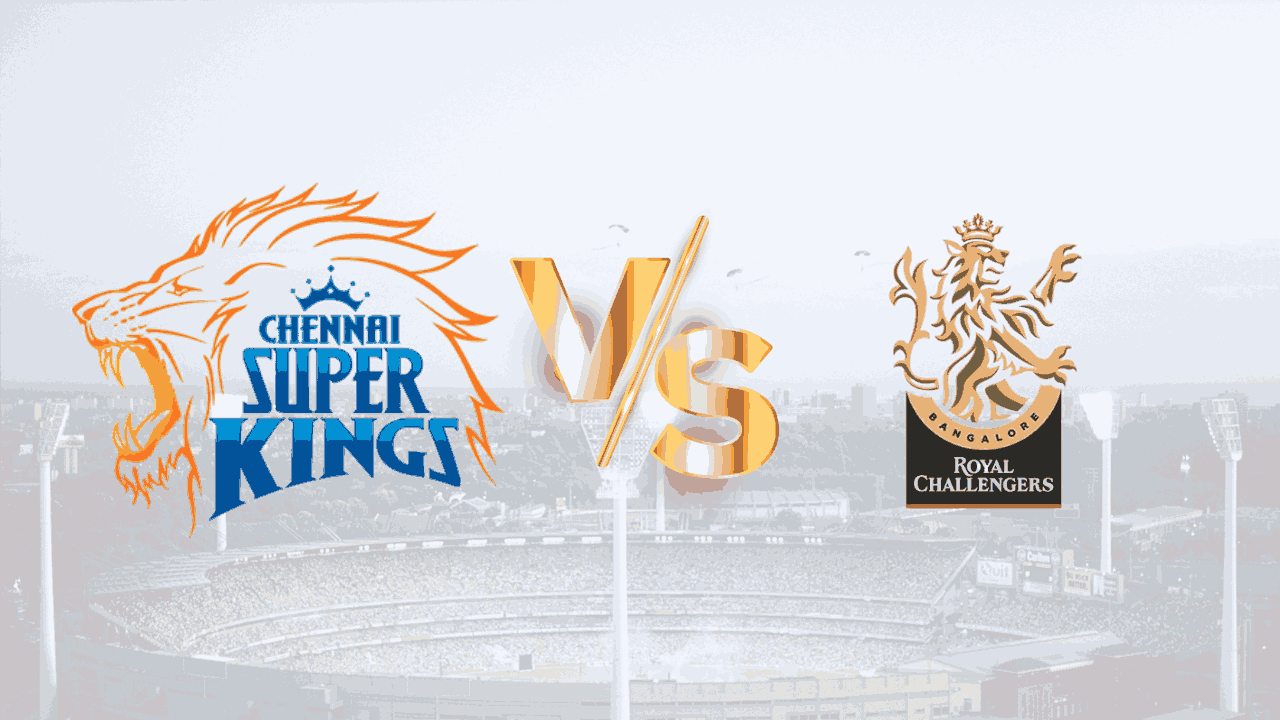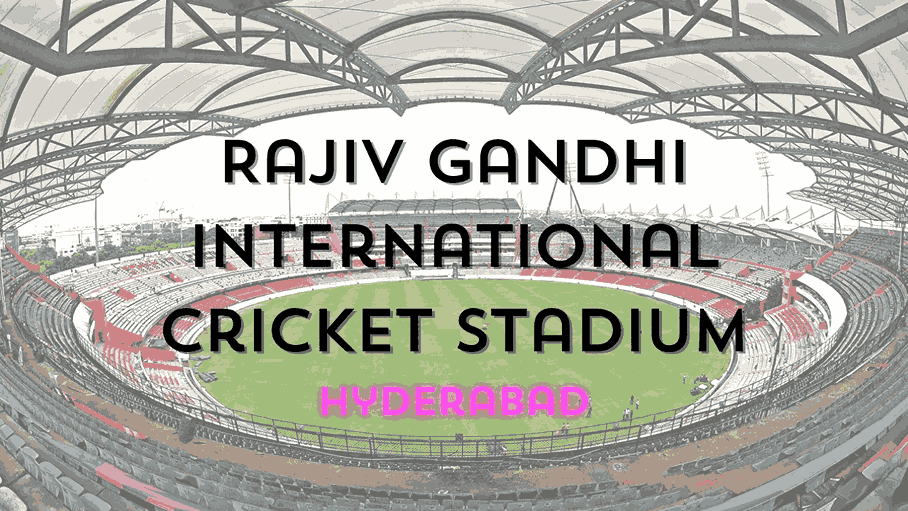The Indian Premier League (IPL) stands as a beacon of innovation and transformation in the world of cricket. Since its inception, IPL has not only redefined the way cricket is played but has also significantly altered the cricketing landscape in India.
In this blog post, we delve deep into how IPL has revolutionized the cricket structure in India, exploring its financial impact, comparisons with traditional cricket structures, and its influence on domestic cricket tournaments.
Evolution of Cricket Structure in India
Pre-IPL era:
- Traditional cricket in India was largely governed by regional associations and the BCCI (Board of Control for Cricket in India).
- Limited opportunities for players outside of the national team setup.
Emergence of IPL:
- IPL's introduction brought about a seismic shift in the cricketing landscape.
- Franchise-based T20 format, combining entertainment with cricketing prowess, captured the imagination of fans nationwide.
Major milestones and developments post-IPL inception:
- Introduction of new cricketing talent through IPL auctions.
- Enhancement of player skills due to exposure to international players and coaching staff.
Financial Impact of IPL on Indian Cricket Structure
Injection of substantial funds:
- IPL's commercial success injected significant financial resources into Indian cricket.
- Example: BCCI's revenue from IPL broadcasting rights deals.
Investments in infrastructure:
- Construction of world-class stadiums and training facilities across the country.
- Utilization of technology for player development and fan engagement.
Grassroots development programs:
- Establishment of talent scouting programs and cricket academies at the grassroots level.
- Example: BCCI's initiatives to promote cricket in schools and colleges.
Enhanced player contracts:
- IPL's lucrative contracts have transformed the financial landscape for cricketers in India.
- Example: Top IPL players earning multi-million dollar contracts.
IPL vs. Traditional Cricket Structure in India: A Comparative Analysis
| Aspect | IPL | Traditional Cricket Structure |
|---|---|---|
| Ownership Model | Franchise-based ownership | Association and board-controlled |
| Revenue Generation | High commercial revenue from broadcasting rights, sponsorships, and ticket sales | Reliance on sponsorships and broadcast deals |
| Fan Engagement & Global Reach | Extensive fan engagement through social media, innovative marketing strategies, and global viewership | Limited global reach and traditional marketing approaches |
| Development Programs | Emphasis on talent development through grassroots programs and exposure to international cricket | Limited opportunities for talent development outside of national setup |
Impact of IPL on Domestic Cricket Tournaments
Influence on domestic cricket calendar and scheduling:
- IPL's presence has led to adjustments in domestic cricket schedules to accommodate player availability.
- Example: IPL seasons overlapping with domestic tournaments.
Exposure and opportunities for domestic players:
- IPL serves as a platform for domestic players to showcase their skills and earn recognition.
- Example: Emerging players making their mark in IPL and subsequently representing the national team.
Enhancement of competition and talent pool in domestic circuits:
- Increased competition among domestic teams due to exposure to IPL standards.
- Example: Improved performance of domestic players in international competitions.
FAQ on IPL and Cricket Structure in India
What role does IPL play in grooming young talent for the national team?
IPL provides young players with exposure to high-pressure situations and international standards, preparing them for the rigors of international cricket.
How has IPL affected the viewership and popularity of traditional cricket formats?
While IPL has garnered immense popularity, traditional formats like Test and ODI cricket continue to maintain their significance, catering to different segments of cricket fans.
What are the challenges faced by traditional cricket associations in adapting to the IPL model?
Traditional cricket associations may struggle to compete with IPL in terms of financial resources and fan engagement, necessitating innovative approaches to sustain relevance.
Can IPL's success be replicated in other cricketing nations?
The IPL model has garnered interest globally, with various cricketing nations exploring franchise-based leagues. However, replicating IPL's success requires careful planning, infrastructure, and fan engagement strategies.
Conclusion
The Indian Premier League has undoubtedly reshaped the cricketing landscape in India, ushering in an era of innovation, financial prosperity, and talent development. As IPL continues to evolve, its impact on Indian cricket structure remains profound. Whether it's nurturing young talent or transforming the fan experience, IPL's influence reverberates far beyond the cricket field. Join the conversation by sharing your thoughts in the comments section below.
Feel free to engage with the content and leave your thoughts and opinions in the comments section. Your feedback is invaluable in shaping future discussions!



Write a comment